According to the CDC, “about 1 in 54 children has been identified with autism spectrum disorder, it is reported to occur in all racial, ethnic, and socioeconomic groups and Autism is 4 times more likely in boys than girls.”
Autism has become a common diagnosis for children before the age of 4, but it is still misunderstood by many. In honor of World Autism Day 2021, let’s break down some common myths about Autism. This is not an all inclusive list so I encourage you to do more research, talk to other families and spend time with Autistic individuals to learn more about actually autistic experiences. While the world is going blue for Autism awareness, some are choosing #redinstead or to #lightitupgold.
However you raise awareness, the misconceptions about Autism can be damaging and it is our job as advocates to eliminate the myths and increase ACCEPTANCE for Autistic individuals who experience the world differently, but are not less than the rest.
Awareness only matters when Acceptance matters too.
For most of my sons life people have doubted his diagnosis and I have doubted my parenting all the while watching him struggle to adapt to school or society norms. (head over here to read about the time someone told me my son didn’t have autism) But what if it isn’t possible for him or other Autistic individuals to adapt? If you see someone having a hard time, isn’t it our job as human beings to adapt FOR them because we have the ability? This is what Autism Acceptance means to me. It means that because I am able to adjust and adapt, I will advocate for the entire world to adapt and adjust with me for those who can’t. The moment we accept that DIFFERENT, doesn’t mean WRONG, is the moment we begin to ACCEPT Autistic people for the individual people they are.
This applies in our IEP’s too. Just today I had a conversation with a parent about an IEP Goal for whole body listening. For those who aren’t familiar whole body listening are a set of strategies to increase body awareness and increase a students ability to follow classroom expectations. For example, Eyes are looking, ears are listening, hands are still, mouth is quiet, body is ready. The problem with this is that although in theory whole body listening is a great reminder of expectations, some of our kids cannot make eye contact AND listen. They can’t be still AND listen. For them, they need movement and wandering eyes to be able to focus on what is being taught. Programs like these are not designed with neurodivergent brains in mind. Instead, these programs increase shame or embarrassment, and only further exclude Autistic children from feelings of success or inclusion. If our children are listening and able to answer questions, why does it matter where their eyes are looking? As IEP parents, we need to be on the lookout for IEP goals or accommodations or strategies that don’t make sense for our children. IEP goals shouldn’t be focused on MODIFYING our children, but rather giving them the tools and strategies to be successful while we adjust and accept them for their divergent thinking skills.
Different is not less! If you are ready for better IEP meetings with better IEP goals, head over to www.nicoleschlechter.com/IEPParentAcademy to save your spot for the next course.
So Who is Nicole?
Hi! I’m Nicole! I’m a mom of 4, living in the far Chicago suburbs. As an Autism, ADHD and Anxiety mom and former educator, I serve parents of special needs children, who struggle with social, emotional or behavioral delays at school to navigate special education through parent education, team collaboration and increased progress. Families who work with me are experiencing more positive and collaborative meetings resulting in more effective and efficient IEP’s,504’s and Behavior Plans.

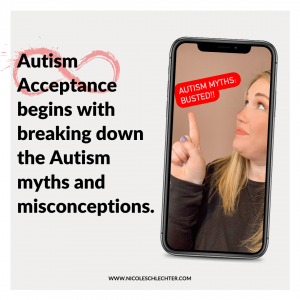
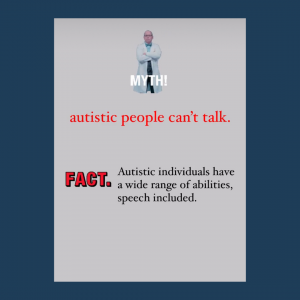

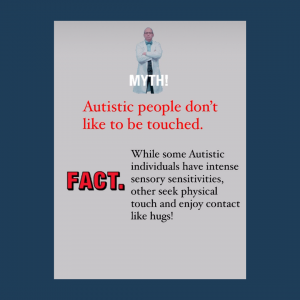
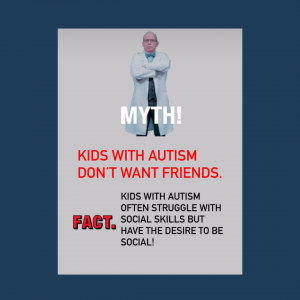
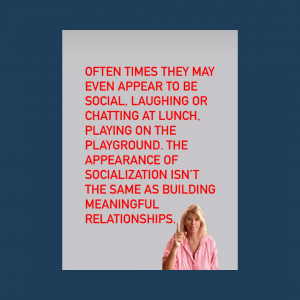
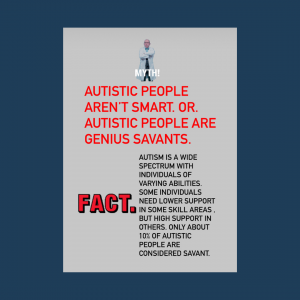
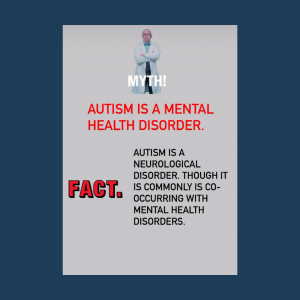

Hello,
I signed up approximately 7:25 AM Sun Apr 25, 2021 with the $97 registration fee; however, I’m having issues with accessing Week 1. Please respond to my email address Kblockley4401@gmail.com. I apologize for not being tech savvy.
I am so excited about the IEP Parent Academy.
Thank you,
Kim Notto
Hi Kim! I sent you an email with details. See you soon.